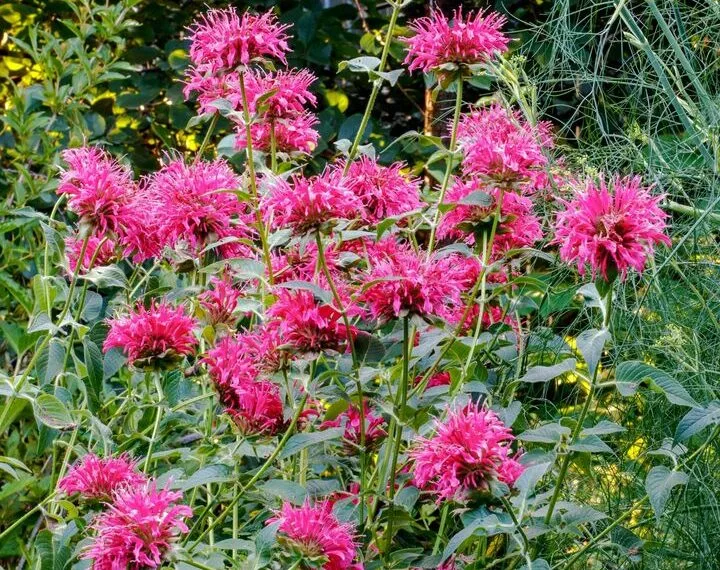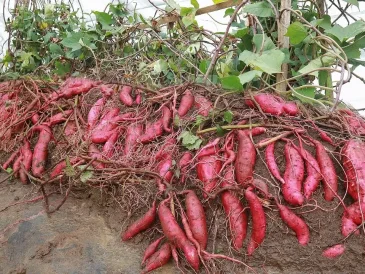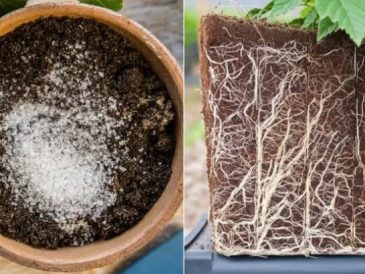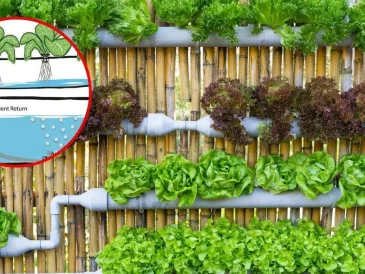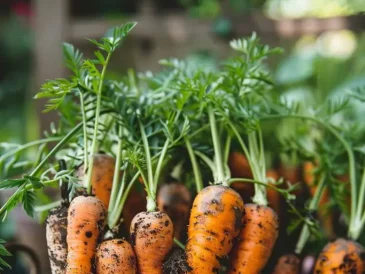Native perennials are plants that have evolved naturally in a region and have adapted to the local climate and conditions. These plants are crucial not only for maintaining biodiversity but also for sustaining ecosystems. Among the many beautiful and hardy native perennials, there is one that stands out for every gardener: the Echinacea, also known as Coneflower.
Why should every gardener grow this native perennial? Let’s explore the reasons why Echinacea deserves a place in your garden, whether you’re a seasoned horticulturist or just beginning your green-thumb journey.
1. Low Maintenance, High Reward
Echinacea is one of the most resilient and easy-to-care-for perennials you can plant. It thrives in various conditions, including poor soil, drought, and partial shade. Once established, it requires minimal watering and fertilization. This makes it an ideal plant for those who want a lush, vibrant garden without putting in endless hours of work. Just plant it, water it as needed, and watch it flourish year after year.
2. Attracts Pollinators
If you’re concerned about the decline of pollinators like bees and butterflies, Echinacea can help. The vibrant, daisy-like flowers are a magnet for pollinators, particularly in mid to late summer when other food sources may be scarce. By growing Echinacea, you provide a steady source of nectar for bees, butterflies, and even hummingbirds. You’ll not only enjoy the beauty of the blooms but also the delightful visitors they attract.
3. A Medicinal Powerhouse
Echinacea is not just a garden beauty; it’s also a powerhouse in herbal medicine. The plant has long been used by Native Americans for its medicinal properties. Today, it is well known for boosting the immune system, fighting infections, and helping prevent colds. By growing Echinacea in your garden, you’ll have access to a natural remedy that you can use to make herbal teas, tinctures, and salves.
4. Long Blooming Period
Unlike many other perennials that have a short blooming season, Echinacea produces flowers from mid-summer all the way through fall. This extended blooming period ensures that your garden stays vibrant for months, with gorgeous pink, purple, or white flowers that add a cheerful splash of color.
5. Great for Cut Flowers
The sturdy stems and long-lasting blooms of Echinacea make it an excellent choice for cut flower arrangements. Whether you want to brighten up your home or gift a bouquet to a friend, Echinacea flowers are the perfect choice. They can last up to two weeks in a vase, retaining their beauty and elegance.
6. Resistant to Pests and Diseases
One of the best aspects of growing Echinacea is its natural resistance to pests and diseases. While some plants require constant attention to avoid infestations or fungal infections, Echinacea is generally unaffected by common garden pests. This means you can grow it with peace of mind, knowing that it will stay healthy and strong throughout the growing season.
7. Winter Interest and Wildlife Support
Even after the flowers have faded, Echinacea provides winter interest with its seed heads. These seed heads attract birds like goldfinches, who feed on the seeds during the cold months. By leaving the plant standing over winter, you create a natural food source for wildlife, enhancing your garden’s ecological impact.
8. Native Plants Support Local Ecosystems
Planting native perennials like Echinacea supports local ecosystems and promotes biodiversity. Native plants provide habitat and food for local wildlife, including birds, insects, and small mammals. By growing Echinacea, you’re contributing to the preservation of your region’s natural landscape and supporting the organisms that rely on these plants to survive.
9. Variety of Colors and Sizes
Echinacea comes in a range of colors and sizes, making it versatile for any garden style. While the most common variety is the purple coneflower, you can also find cultivars in shades of pink, orange, yellow, and white. Some varieties grow tall, up to 4 feet, while others remain more compact. This diversity allows you to incorporate Echinacea into borders, flower beds, and even containers.
10. Sustainable and Eco-Friendly Choice
In an age where sustainability is more important than ever, growing native plants like Echinacea is an eco-friendly choice. Native plants require less water, fertilizer, and pesticides compared to non-native species, reducing your garden’s environmental footprint. Additionally, by attracting pollinators and supporting local wildlife, you contribute to the health of the environment.
Conclusion
There’s no doubt about it—every gardener should grow Echinacea. With its easy maintenance, long blooming season, and benefits for pollinators, wildlife, and human health, this native perennial is a must-have in any garden. Whether you’re looking for beauty, functionality, or sustainability, Echinacea delivers on all fronts. If you haven’t already added this stunning perennial to your garden, now is the perfect time to plant one and enjoy the many rewards it offers.
